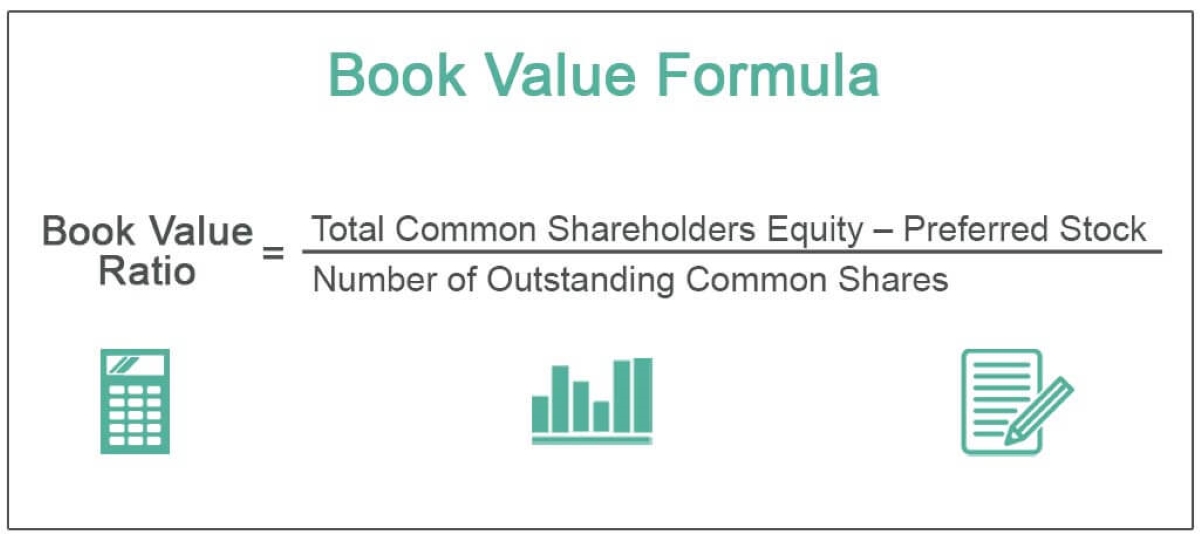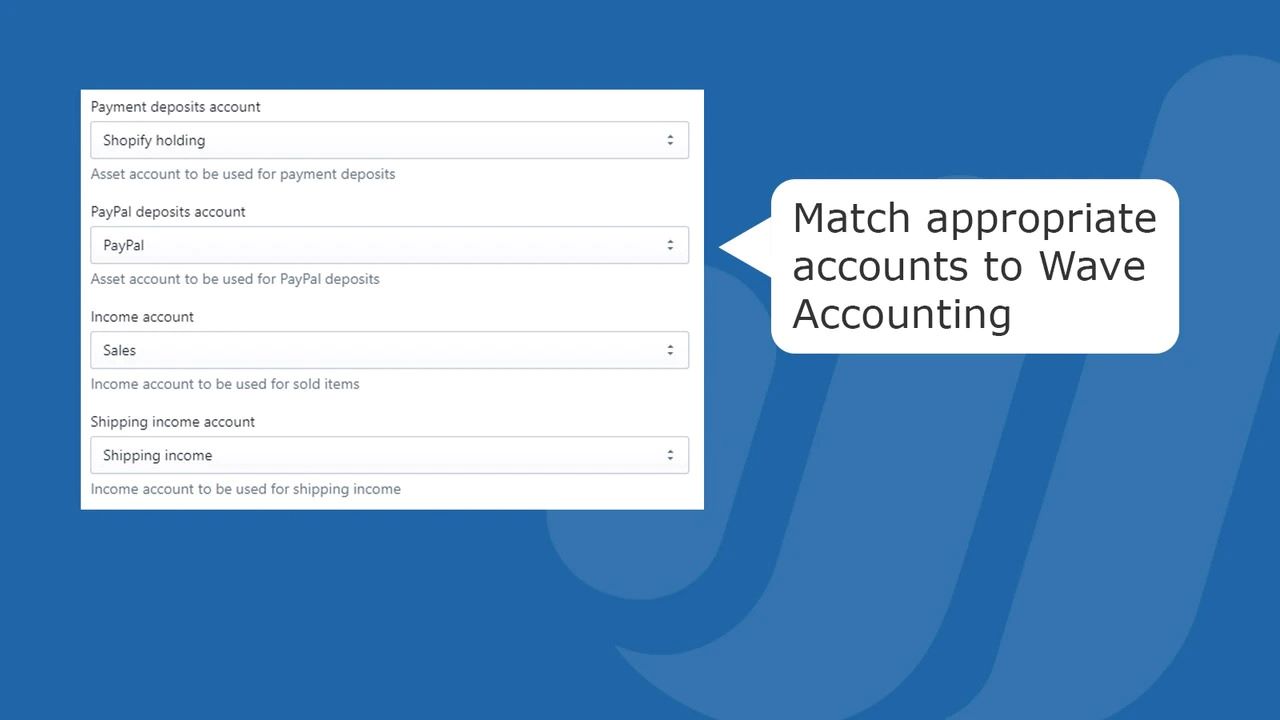Home>Finance>Units Per Transaction (UPT) Definition And How To Calculate


Finance
Units Per Transaction (UPT) Definition And How To Calculate
Published: February 13, 2024
Learn the definition of Units Per Transaction (UPT) in finance and discover how to calculate it. Enhance your financial knowledge with this comprehensive guide.
(Many of the links in this article redirect to a specific reviewed product. Your purchase of these products through affiliate links helps to generate commission for LiveWell, at no extra cost. Learn more)
The Importance of Units Per Transaction (UPT) in Finance
Have you ever wondered how businesses measure their sales performance and evaluate their effectiveness in maximizing revenue? Units per Transaction (UPT) is a key metric used in the finance industry to analyze how many items or units are sold per transaction. In this blog post, we will dive into the definition of UPT, explain how to calculate it, and showcase how this metric can be beneficial for businesses. So, let’s get started and unlock the secrets of UPT!
Key Takeaways:
- Units Per Transaction (UPT) measures the average number of items or units sold per transaction.
- UPT is calculated by dividing the total number of items sold by the total number of transactions.
What is Units Per Transaction (UPT)?
Units Per Transaction (UPT) is a financial metric that provides insights into the effectiveness of a business’s sales strategy. It measures the average number of items or units sold per transaction. UPT helps businesses analyze the purchasing patterns of their customers and identify opportunities for growth.
To calculate UPT, you need two pieces of information: the total number of items sold and the total number of transactions. By dividing the total number of items sold by the total number of transactions, you can find the average UPT for a given period. The higher the UPT, the more items are being sold per transaction, indicating greater revenue potential.
How to Calculate UPT
To calculate UPT, follow these simple steps:
- Determine the total number of items sold during a specific period.
- Count the total number of transactions that occurred during the same period.
- Divide the total number of items sold by the total number of transactions.
- The result is the UPT for that specific period.
For example, if a store sold 300 items in a month and had 150 transactions during that period, the UPT would be calculated as follows:
UPT = Total Number of Items Sold / Total Number of Transactions = 300 / 150 = 2
So, the UPT for that specific month would be 2 units per transaction. This means, on average, each transaction involved the purchase of 2 items.
Why is UPT Important for Businesses?
Understanding and monitoring UPT is crucial for businesses for several reasons:
- 1. Measure Sales Performance: UPT allows businesses to evaluate their sales performance and identify strengths and weaknesses in their sales strategies. By analyzing UPT over time, managers can determine if their efforts to increase sales per transaction are effective or need adjustments.
- 2. Increase Revenue Potential: By focusing on increasing UPT, businesses have the opportunity to increase their revenue potential without necessarily relying on attracting new customers. Encouraging customers to purchase more items per transaction can have a significant impact on the bottom line.
By tracking UPT metrics, businesses can gain valuable insights into consumer behavior, optimize their product mix, improve staff training, and create strategies to enhance customer experiences. It’s a powerful tool that helps businesses maximize their sales potential.
Optimize Your Business’s Performance with UPT
In the competitive world of finance, understanding key metrics like UPT can provide a significant advantage. By calculating and monitoring UPT, business owners and managers can identify opportunities to increase revenue without relying solely on attracting new customers. By analyzing sales performance and implementing strategies to increase UPT, businesses can optimize their financial performance and achieve long-term success.
So, take advantage of the power of UPT and unlock your business’s revenue potential today!














